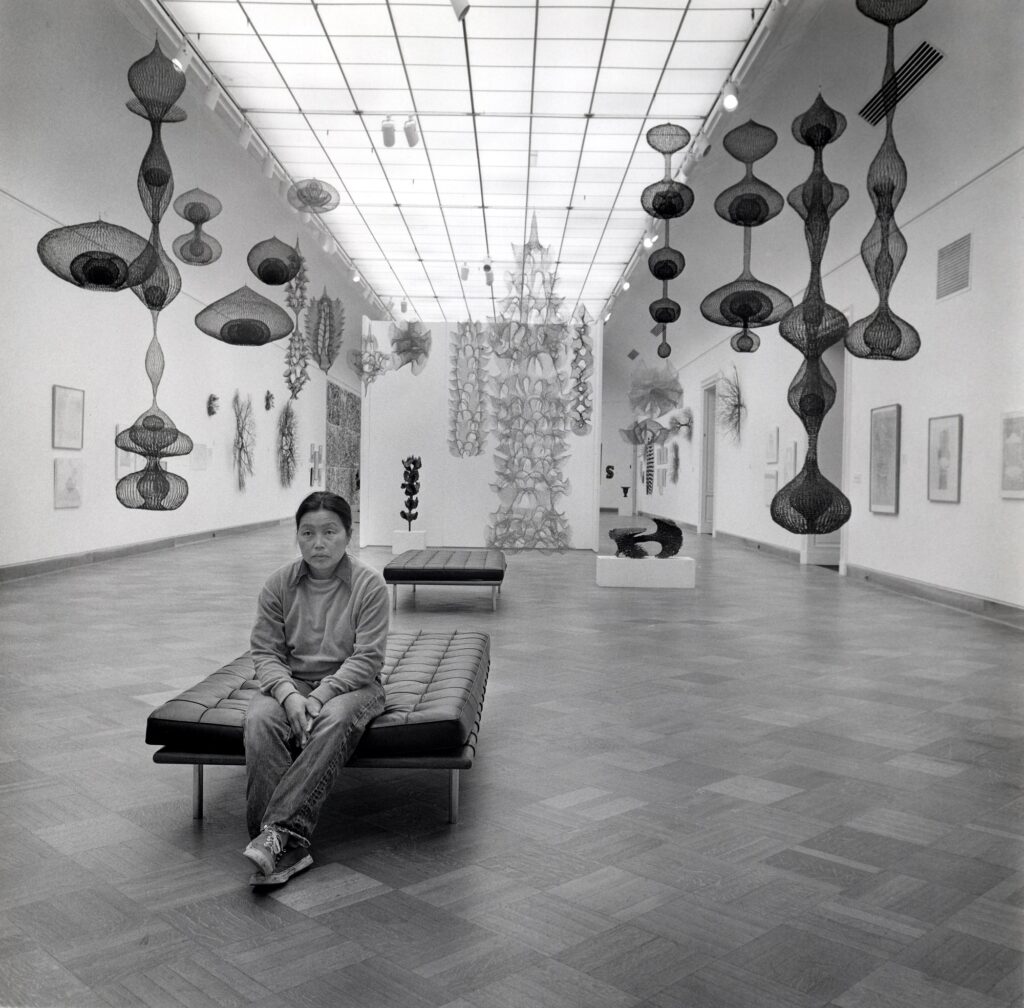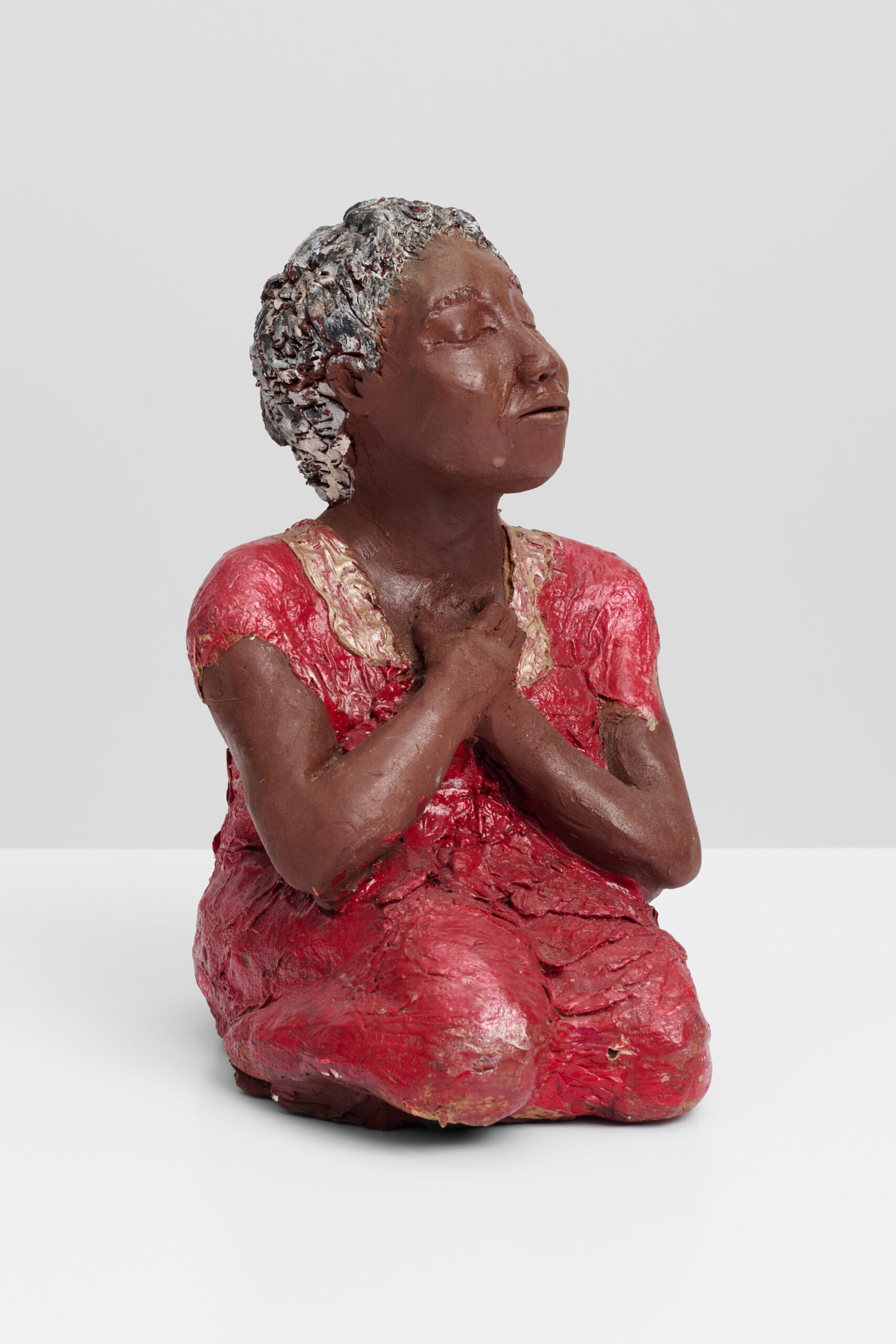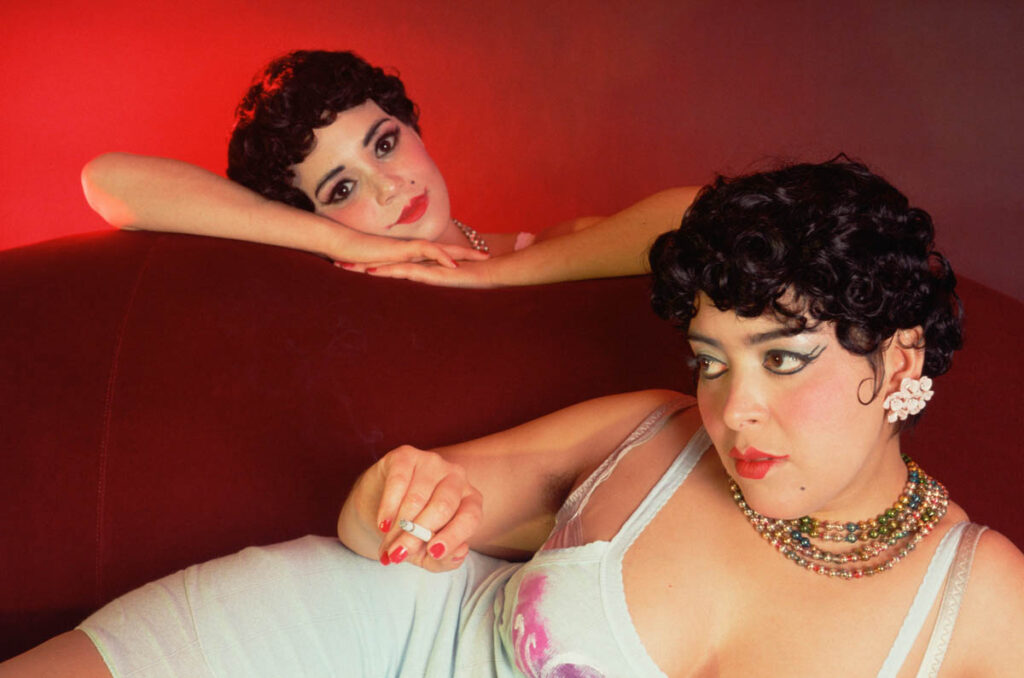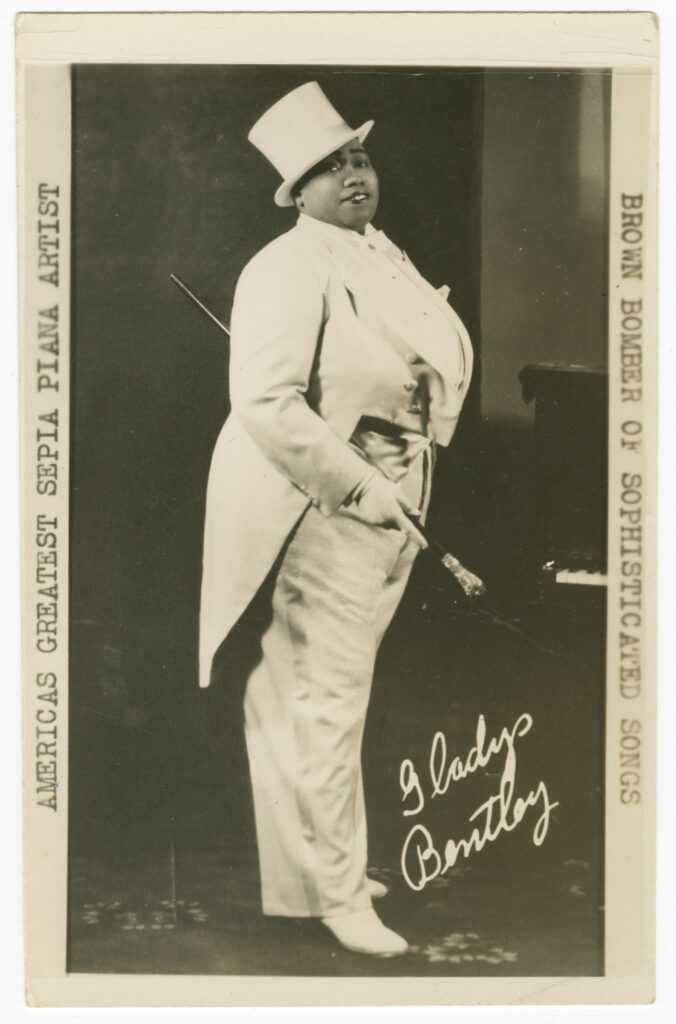
“Ruth Asawa: A Retrospective”
Where: Museum of Modern Art
When: October 19, 2025 – February 7, 2026
Why It’s Worth a Look: For Ruth Asawa, art was first and foremost about the material: bulbous wire sculptures, delicate paper folds, meticulously stamped fabric, and fraying explosions of copper. This will be the first posthumous museum exhibition to explore all six decades of her vast career.
Know Before You Go: Best known for her looped wire technique applied to hanging sculptures, her material experimentations extended to lithography and drawing, while she dedicated her life to grassroots art education.
“Flora Yukhnovich’s Four Seasons”
Where: The Frick Collection
When: September 3, 2025 – March 9, 2026
Why It’s Worth a Look: Flora Yukhnovich’s signature painting style is a send up of French Rococo’s indulgences: Giggling cherubs, swaying willows, and powdered skin all become sticky smears on the canvas. As part of a series—in which living artists produce work in response to pieces in the Frick’s permanent collection—the institution has commissioned a new site-specific mural from Yukhnovich, which will adorn the walls of the Cabinet Gallery.
Know Before You Go: Yukhnovich’s new work responds to the François Boucher series, “The Four Seasons.” Said to have been commissioned for King Louis XV’s notorious mistress Madame de Pompadour, the work is all frivolity and flirtation. Boucher’s sensual seasons, also on display, feature young lovers, voluptuous bathers, garlands of flowers, and cozy sleigh rides.
“12 + 2” by Duane Linklater
Where: Dia Chelsea
When: Opening September 12
Why It’s Worth a Look: The Omaskêko Ininiwak artist’s new installation at Dia Chelsea engages questions of Indigenous architecture, ecology, and cosmology. “12 +2” is named for the construction schematic of a teepee, and incorporates sculpture, geology samples, music from the artist, and live performances from choreographer Tanya Lukin Linklater and poet Layli Long Soldier.
Know Before You Go: For thousands of years, before monocropping and industrial farming, buffalo herds roamed the prairies of North America, frequenting shallow ditches-turned-watering holes that fed the landscape and surrounding wildlife. As Linklater’s first large-scale commission in the United States, “12 + 2” explores the environmental and spiritual significance of these formations.

“Ministry: Reverend Joyce McDonald”
Where: The Bronx Museum
When: September 5, 2025 – January 4, 2026
Why It’s Worth a Look: Reverend Joyce McDonald’s air-dry clay sculptural figures are humble: They embrace, kneel, and dream. The artist, activist, and Brooklyn pastor sees her art as an extension of her ministry, a later-in-life calling born from life’s greatest challenges.
Know Before You Go: McDonald is open about the early struggles with addiction that led to 60 attempts at rehabilitation and eventual HIV diagnosis. She began sculpting as part of her therapy in a day treatment facility. Three decades later, this is the first museum exhibition of her work, featuring more than 75 pieces as well as archival materials.
“to ignite our skin”
Where: SculptureCenter
When: September 18 – December 22
Why It’s Worth a Look: The image of a snake shedding its skin is a provocative and primal one—leaving behind a shell of oneself in order to continue to grow. This group show takes peeling back the layers of the body as its prime directive. Ten contemporary artists explore metamorphosis through the lens of clothing, refuse, technological shells, military hardware, and the capitalist imperative for perpetual reinvention.
Know Before You Go: Exhibited work includes Patricia Ayres’s aberrant forms, the fruiting bodies of Umico Niwa, the precarious systems of Elaine Cameron-Weir, Yu Ji’s ghostly casts, and more from Mire Lee, Mimi Park, Ana Raylander Mártis dos Anjos, Sofía Sinibaldi, Erik Tlaseca, and Sarah Friend.
“Sixties Surreal”
Where: Whitney Museum of American Art
When: September 24, 2025 – January 19, 2026
Why It’s Worth a Look: It’s a turbulent moment when unreality is the dominant mood thanks to major shifts in technology and politics—no, we’re not talking about the 2020s, but the 1960s. At least, that’s the starting point of the Whitney’s fall exhibition, “Sixties Surreal,” which looks at the ways that early 20th-century Surrealism laid the groundwork for the visual language of 1960s American culture.
Know Before You Go: “Surreal Sixties” contextualizes some of the biggest names in midcentury art, those who engaged themes of anxiety, eroticism, violence, and consumerism (often all at the same time) including Nancy Grossman, Louise Bourgeois, David Hammons, and Diane Arbus.

“Tomorrow, I Will Become an Island” by Coco Fusco
Where: El Museo del Barrio
When: September 18, 2025 – January 11, 2026
Why It’s Worth a Look: Since the ’90s, Cuban-American artist Coco Fusco has been a landmark figure in contemporary postcolonial art, fusing film, photography, sculpture, and performance across the Venice Biennale, three Whitney Biennials, a Guggenheim fellowship, and a Fulbright fellowship. This U.S. survey, and its accompanying monograph, are the first in Fusco’s three decade career.
Know Before You Go: Fusco’s work is precise and uncompromising. As an artist and an activist, she’s taken a look at women’s role in the War on Terror, the pseudoscientific basis of colonial exploitation, human rights injustices in Cuba, sex tourism, and mass death during the Covid-19 pandemic, to name a few.
“Daya Benda” by Bagus Pandega
Where: The Swiss Institute
When: September 30, 2025 – January 4, 2026
Why It’s Worth a Look: Indonesian artist Bagus Pandega’s interactive contraptions respond to you just as much as you respond to them. A tree branch submerged in liquid slowly turns to metal. An oxygen machine linked to native Indonesian plants and minerals works overtime the more humans are in a room, exhaling carbon dioxide. With his sculptures, Pandega foregrounds the relationships between humans, natural resources, and constructed worlds.
Know Before You Go: The delicately connected nature of his sculptures and their audiences nods to the extractive politics that have impacted Indonesia since colonial times—from the nutmeg trade to palm oil to the nickel that powers your laptop and smartphone.
“Designing Motherhood”
Where: Museum of Arts and Design
When: October 4, 2025 – March 15, 2026
Why It’s Worth a Look: There is no job more ancient than motherhood. Just as the process of birth lives in the collective imagination, the design world’s interpretation of fertility, pregnancy, and parenthood is similarly vast. “Designing Motherhood” explores how consumer capitalism has shaped the experience of parenthood and childrearing in a moment when those experiences are in a state of flux.
Know Before You Go: From Fisher Price baby monitors and cradles to contraceptive pills and pro-choice buttons bearing the sober image of a hanger, this exhibition interrogates the access, safety, and anxiety of reproductive health over the last 150 years.

“The Gay Harlem Renaissance”
Where: The New York Historical
When: October 10, 2025 – March 8, 2026|
Why It’s Worth a Look: In 1925, Alain Locke published a landmark anthology, The New Negro, which collected fiction, poetry, and essays from the flourishing Harlem Renaissance. Now, 100 years later, the New York Historical Society’s latest exhibition celebrates the artistic contributions of queer writers and artists like Locke, Langston Hughes, Countee Cullen, Claude McKay, and Bessie Smith.
Know Before You Go: From drag kings gracing speakeasies to LGBT performers singing the blues at rent parties to resilient underground networks of queer support, the story of gay communities during the Harlem Renaissance is one of great resilience and creativity.
“The Great Society” by Fia Backström
Where: Queens Museum
When: September 13, 2025 – January 18, 2026
Why It’s Worth a Look: To Fia Backström, West Virginia is like America’s repressed subconscious: Racial tensions, environmental anxieties, labor injustices, and collective anxieties metastasize in the population and the landscape.
Know Before You Go: Based on extensive field research that began back in 2017, Backström’s photographs are more than documentary. By incorporating embroidery and community testimony from anti-strip mining activists, local herbalists, and religious scholars, she makes visible the complex layers of industrial infrastructure, ecology, and warped history that characterize the region.
“A Tactile Lens” by Seydou Keïta
Where: Brooklyn Museum
When: October 10, 2025 – March 8, 2026
Why It’s Worth a Look: This exhibition of nearly 300 photographs from portraitist Seydou Keïta transports the viewer to mid-century Mali, when West Africa was experiencing radical social and political unrest. In his studio, Keïta photographed ordinary Bamako citizens against vibrantly patterned backdrops.
Know Before You Go: Like Malick Sidibé, Keïta captured a moment in changing styles and social dynamics. His photographs are both formal, with subjects showing off their finest clothes, and playful, highlighting intimacies between family and friends.










 in your life?
in your life?

